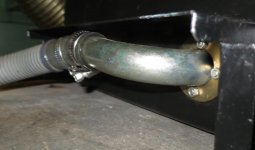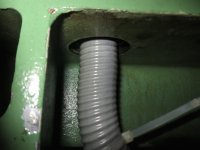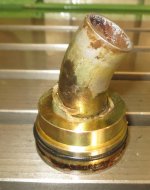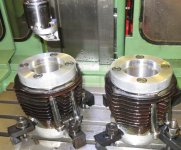rimcanyon
Diamond
- Joined
- Sep 28, 2002
- Location
- Salinas, CA USA
My first dialog 2 project on the fp2NC was motivated by a project to restore a 1967 BMW R60 motorcycle. I need to bore a pair of cylinders to the next oversize. I wrote 3 dialog programs, and along the way got the fp2NC working reliably along with the help of Herr Singer.
Here are some photos of the project. The first program created the vise jaws on the right, the second created the top torque plate, the third created the bottom. The third program rotated the axes 90 deg. 4 times.
More to come, since the cylinders aren't bored yet. I'm waiting for some 10x55mm cap screws. I also need to mill the bottom torque plate perpendicular to the vertical head, and add some keys on the sides so that I can get the vertical head reasonably aligned with the cylinder. Right now the table sags in front about .001" in 5", so the fp2NC really needs to have the Z axis gibs reground. That will happen after the cylinders are bored.
If I could figure out a way to post the programs as an attachment I would.
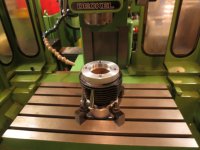

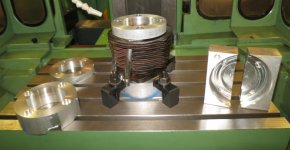

Here are some photos of the project. The first program created the vise jaws on the right, the second created the top torque plate, the third created the bottom. The third program rotated the axes 90 deg. 4 times.
More to come, since the cylinders aren't bored yet. I'm waiting for some 10x55mm cap screws. I also need to mill the bottom torque plate perpendicular to the vertical head, and add some keys on the sides so that I can get the vertical head reasonably aligned with the cylinder. Right now the table sags in front about .001" in 5", so the fp2NC really needs to have the Z axis gibs reground. That will happen after the cylinders are bored.
If I could figure out a way to post the programs as an attachment I would.




Last edited:



